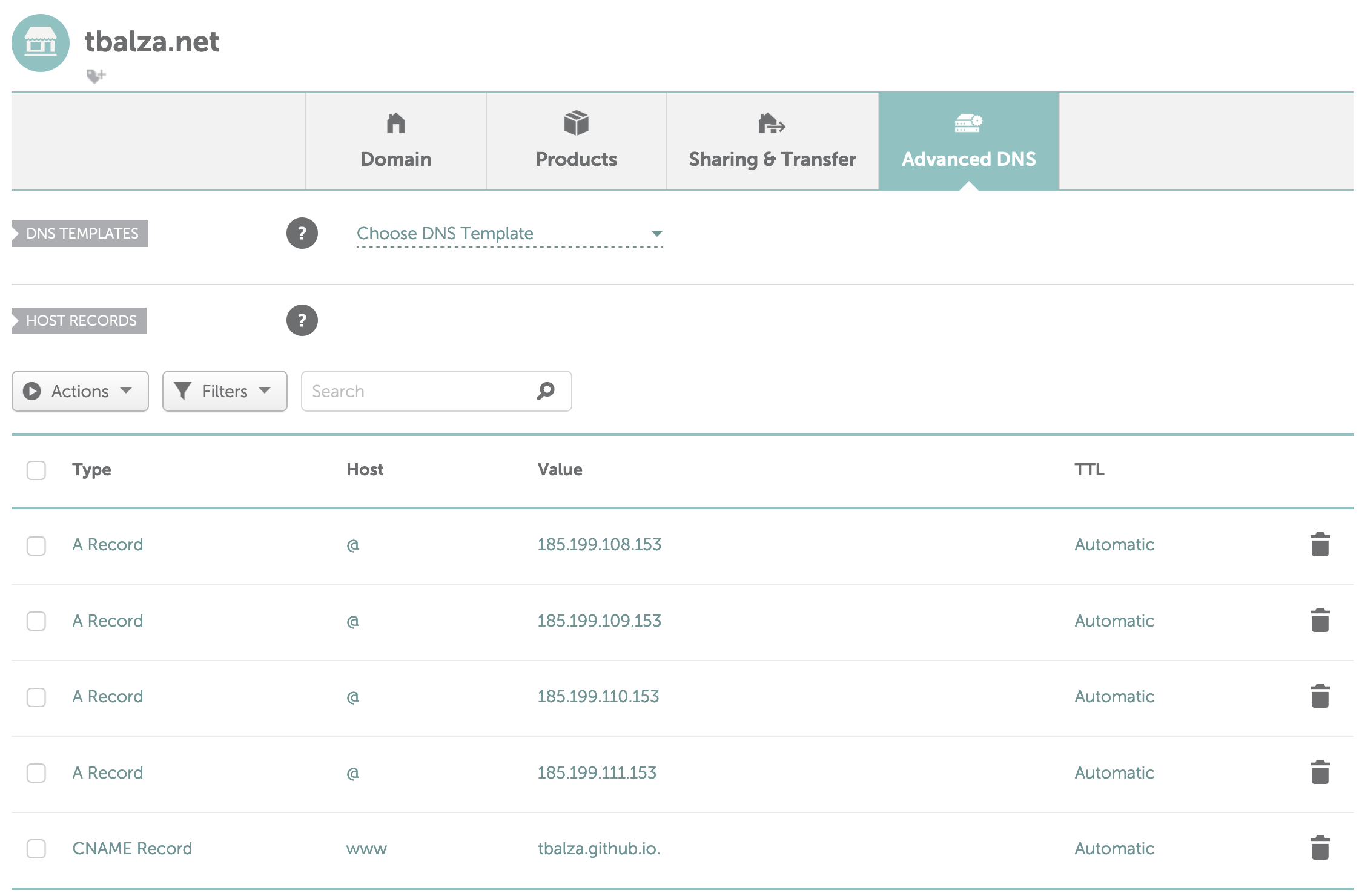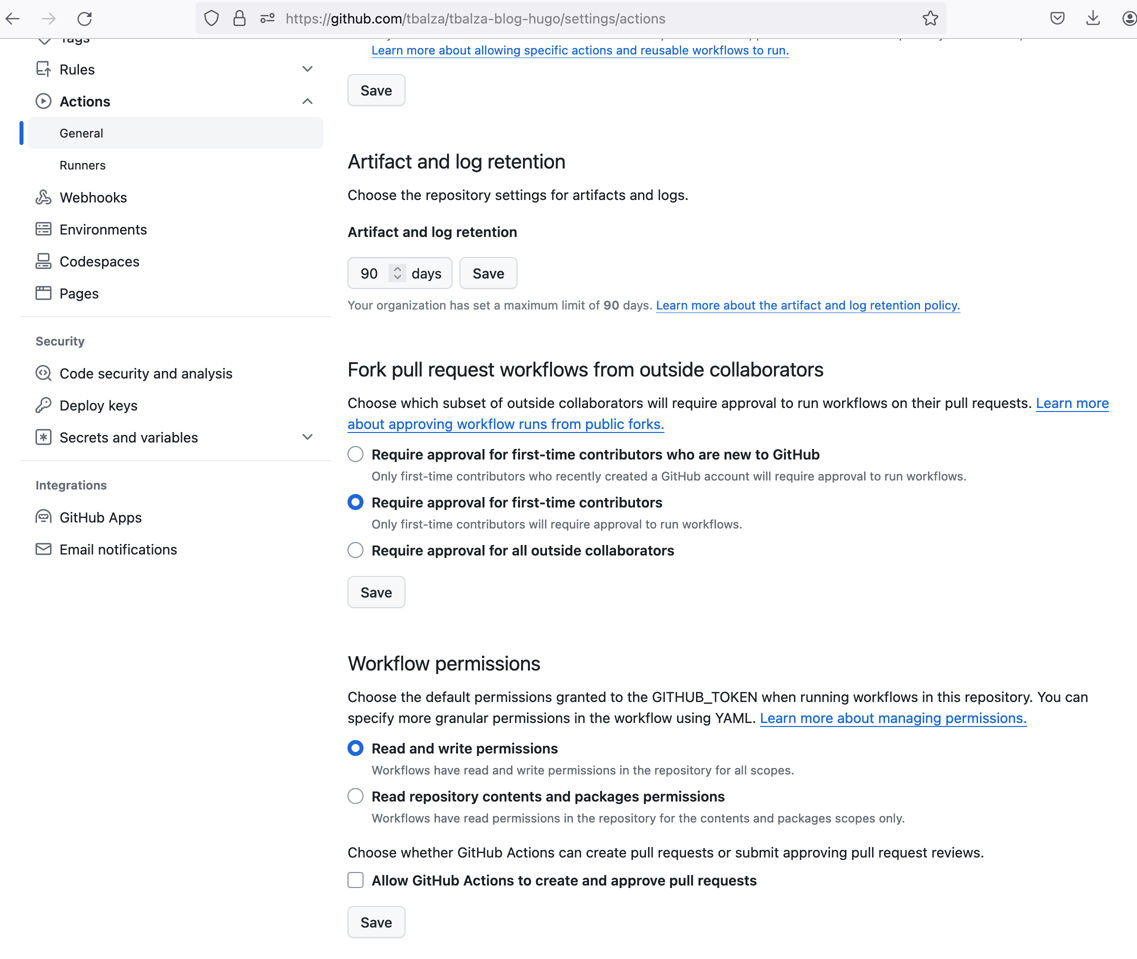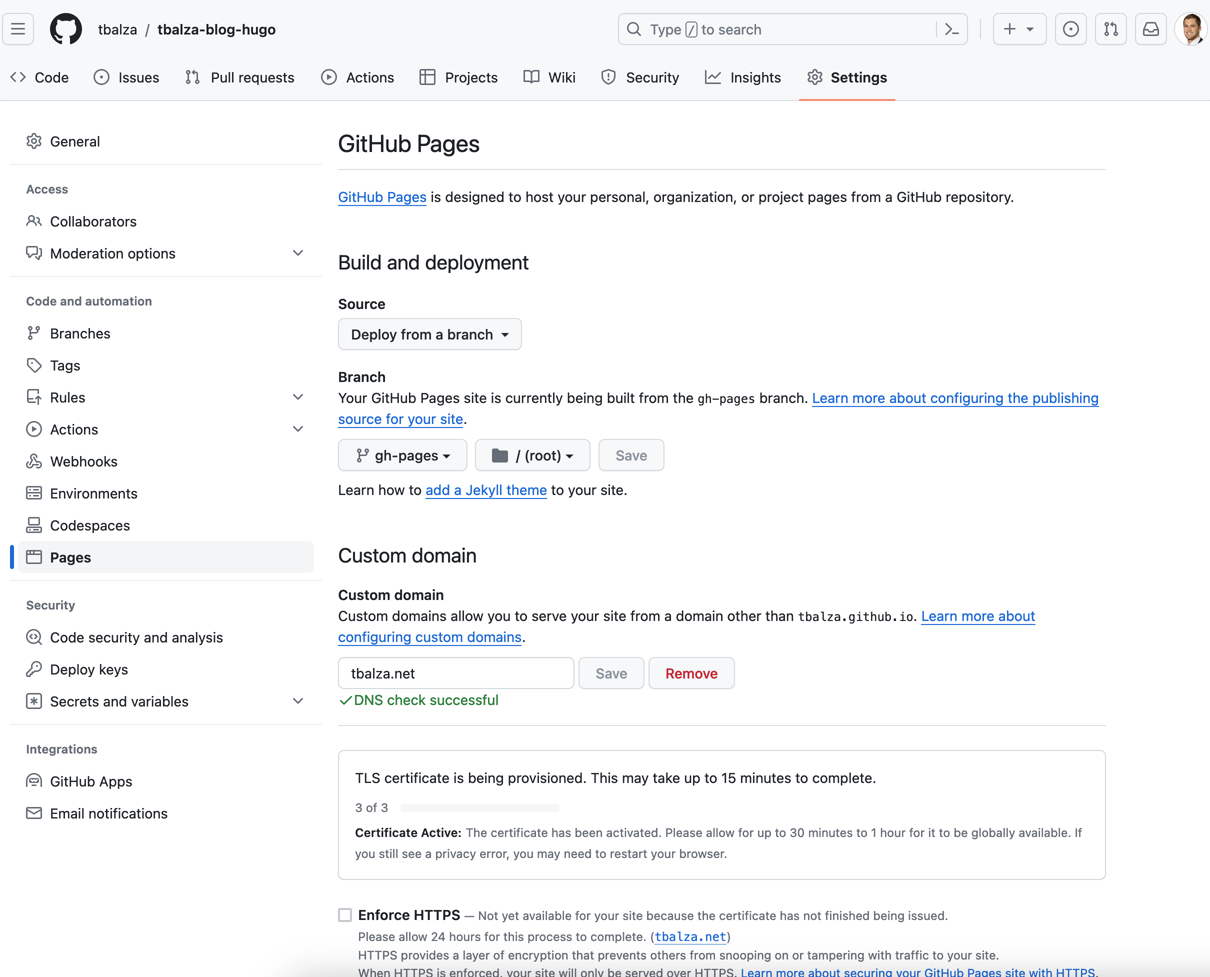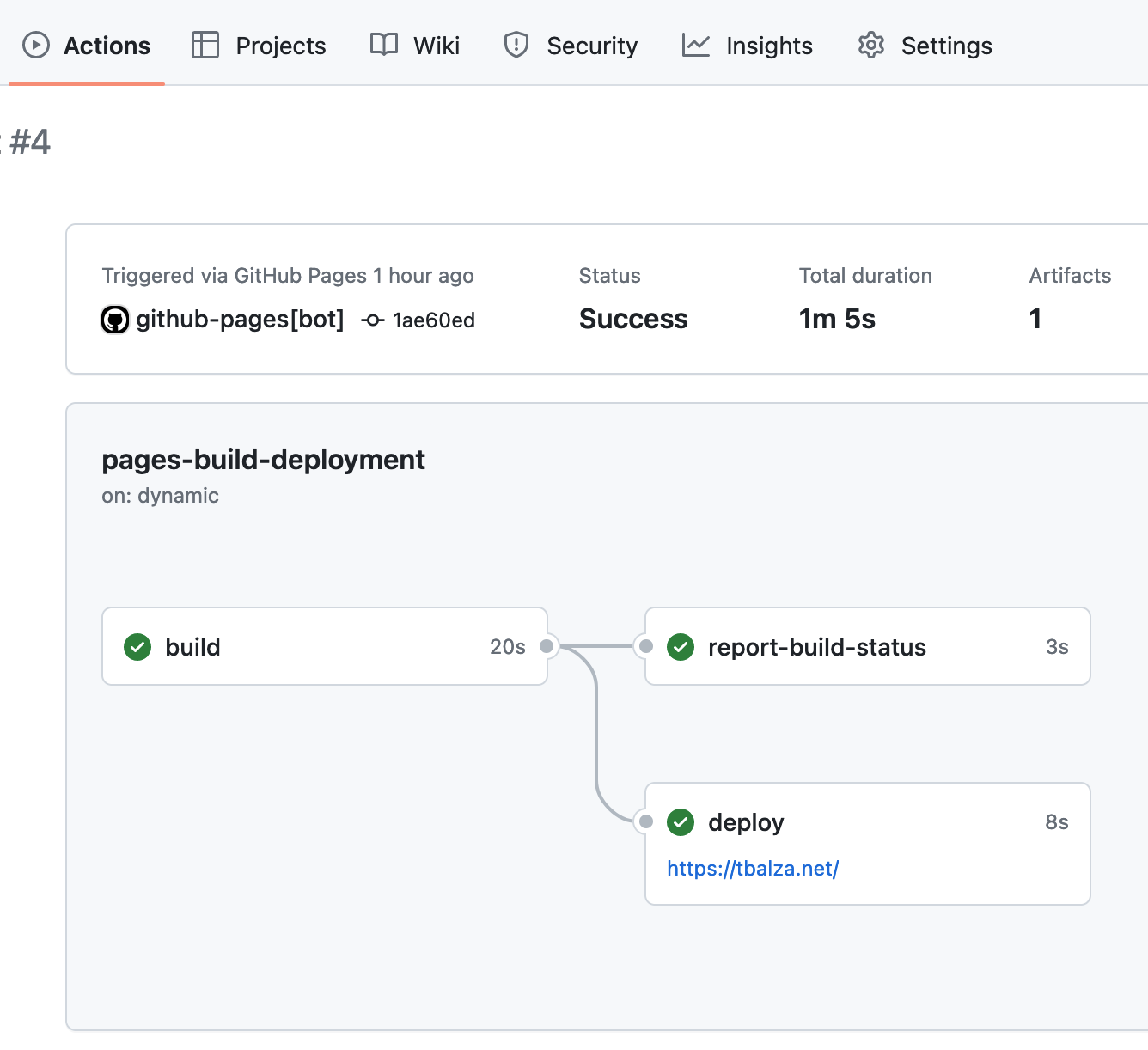In this guide, we’ll walk you through the process of creating a static website that won’t burden you with storage costs or egress fees
We’ll also help you set up a custom domain that will automatically reflect any changes made whenever a new commit is detected in the main branch of our version control system.
The Problem with Egress Traffic
Whether you’re operating an EC2 instance or directly serving files via S3, egress traffic can come with a price tag. For instance, AWS charges around $0.023 per GB. While this might not seem like much for personal pages, without the necessary precautions like DDoS protection or rate limiting, you could potentially face a hefty bill running into the thousands of dollars in the event of an attack. Fortunately, this won’t be an issue with our setup.

The Solution: Free Tier Services
This is why it’s a smart move to utilize services like GitHub Pages and CloudFlare for a public personal site. These platforms don’t charge for outgoing traffic, even on their free tier service, making them an ideal solution.
Why Choose Hugo?
Hugo is a static site generator written in Go. It’s not only incredibly fast but also simple to set up. The resulting pages load swiftly and are SEO optimized right from the start. This makes Hugo a fantastic alternative to platforms like WordPress, where publishing static content can be a bit of a hassle in terms of maintenance, costs, and performance.

Configure Your Personal Domain
- First, purchase your domain with services such as namecheap.com, then you can access the advanced settings and configure the records that will point to the GitHub Page that will reference to later

- Set up the A Records and CNAME just like in the image above. Reference the Github Pages Apex Configuration for further details. You can skip this step if you’d wish to deploy the site without a custom domain
Set up Hugo
Install Hugo and Create a New Site
brew install hugo
hugo new site tbalza-blog-hugo -f yml
Install Hugo with Homebrew
Run hugo new site
<site_name>. This will create a directory<site_name>containing the hugo templates. Pass in the-f ymlargument so configuration files are stored in the yml format
Install Theme
git init
git submodule add --depth=1 https://github.com/adityatelange/hugo-PaperMod.git themes/PaperMod
git submodule update --init --recursive # needed when you reclone your repo (submodules may not get cloned automatically)
git submodule update --remote --merge
- Run git init on the root of the project to initialize a Git repository
- Install the PaperMod theme using Git Submodules
theme: ["PaperMod"]
- Add the theme parameter in
hugo.yaml
baseURL: https://tbalza.net/
- Add the baseURL parameter in
hugo.yaml
hugo server
- Run this command from within the project folder. This will create a blank page with no content
Configure GitHub Actions to Publish to the GitHub Pages
Push the First Commit, Create gh-pages Branch
git commit -m "first commit"
git branch -M main # rename master to main
git remote add origin https://github.com/tbalza/tbalza-blog-hugo # replace with your repo
git push -u origin main
git branch gh-pages # used internally by github to execute the deployment action, will throw error if not created
- Create a repository on GitHub, add the remote address, and push your first commit, create gh-pages branch
Allow Read and Write Permissions

- Under Settings > Actions > General > Workflow permissions, enable “Read and write permissions”
Set up Custom Domain in GitHub Pages

- Configure your custom domain under Settings > Pages > Custom Domain
Create deploy.yml
mkdir -p .github/workflows
cd .github/workflows
touch deploy.yml
- In you project root folder create .github/workflows/deploy.yml
name: Publish to GH Pages
on:
push:
branches:
- main
pull_request:
jobs:
deploy:
runs-on: ubuntu-latest
steps:
- name: Checkout source
uses: actions/checkout@v3
with:
submodules: true
- name: Checkout destination
uses: actions/checkout@v3
if: github.ref == 'refs/heads/main'
with:
ref: gh-pages
path: built-site
- name: Setup Hugo
run: |
curl -L -o /tmp/hugo.tar.gz 'https://github.com/gohugoio/hugo/releases/download/v0.123.4/hugo_0.123.4_linux-amd64.tar.gz'
tar -C ${RUNNER_TEMP} -zxvf /tmp/hugo.tar.gz hugo
- name: Build
run: ${RUNNER_TEMP}/hugo
- name: Deploy
if: github.ref == 'refs/heads/main'
run: |
cp -R public/* ${GITHUB_WORKSPACE}/built-site/
cd ${GITHUB_WORKSPACE}/built-site
git add .
git config user.name 'tbalza'
git config user.email 'tomas.balza@gmail.com'
git commit -m 'Updated site'
git push
- Checkout source This action checks-out your repository under
$GITHUB_WORKSPACE, so your workflow can access it.submodules:trueensures that our submodule for the theme repository is fetched as well
- Checkout source This action checks-out your repository under
- Checkout destination The second step allows us to reference the
gh-pagesbranch via the$GITHUB_WORKSPACE/built-sitedirectory, where our static sites will be stored in
- Checkout destination The second step allows us to reference the
- Setup Hugo This step downloads and extracts the Hugo static site generator. It uses
curlto download a specific version of Hugo from its GitHub releases page, andtarto extract the downloaded file.
- Setup Hugo This step downloads and extracts the Hugo static site generator. It uses
- Build This step runs Hugo to build your static site. The built site’s files are placed in the
publicdirectory.
- Build This step runs Hugo to build your static site. The built site’s files are placed in the
- Deploy This step deploys the built site to the
gh-pagesbranch. It first copies the built site’s files from thepublicdirectory to thebuilt-sitedirectory. It then changes the current directory tobuilt-site, stages all changes for commit withgit add ., sets the Git username and email, commits the changes with a message of ‘Updated site’, and finally pushes the commit to thegh-pagesbranch.
- Deploy This step deploys the built site to the
The gh-pages branch is special because GitHub Pages serves the contents of this branch at your GitHub Pages URL. The if: github.ref == 'refs/heads/main' condition ensures that the site is only deployed when changes are pushed to the main branch.

After the deploy.yml workflow is pushed, any future changes in the main branch, will trigger Hugo to generate an updated /public/ folder and serve it in GitHub Pages.